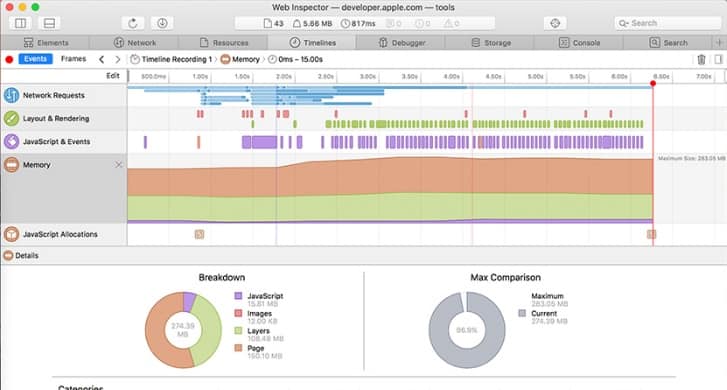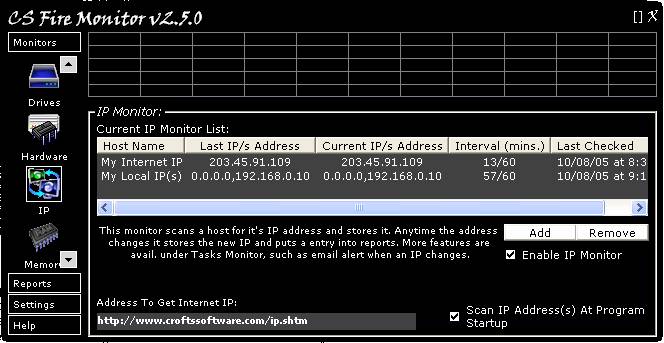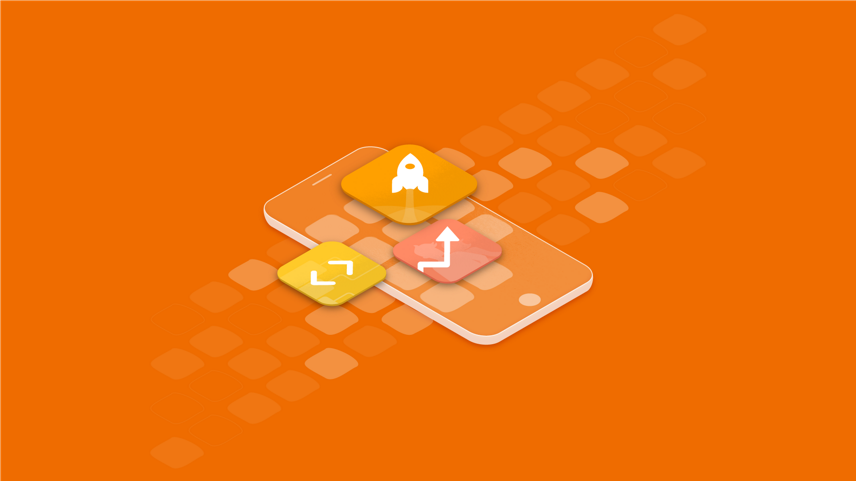

- #Firebug net monitor Offline
- #Firebug net monitor download
- #Firebug net monitor free
- #Firebug net monitor mac
- #Firebug net monitor windows
#Firebug net monitor free
SmartSniff A free packet sniffer that includes packet analysis functions.Kismet A wireless packet sniffer that evades intrusion detection systems.Ettercap A packet sniffer that is widely used by hackers and can give useful information to network defenders.Savvius Omnipeek A traffic analyzer with a packet capture add-on that has detailed packet analysis functions.Here is our list of the best Wireshark alternatives: There is a command-line version of the system, called Tshark. Even though Wireshark is not directly responsible for the most powerful part of its operations, the network interface of Wireshark makes it a winner.
#Firebug net monitor windows
The WinPcap program collects packets on Windows devices. Wireshark doesn’t actually gather packets itself. The Wireshark system can capture packet traces from wired networks, wireless systems, and also Bluetooth. Hackers regularly use Wireshark and so many network administrators are wary of it. There is an option to use the tool just for the packets meant for your device. Wireshark puts your network card into promiscuous mode so that your computer picks up all network packets, not just those intended for your computer.
#Firebug net monitor mac
It can be installed on Windows, Linux, Unix, and Mac OS, and best of all, it’s free. lol) Thanks.Wireshark is a very popular packet sniffer. *Jesper (not Mack - I was reading his name when I wrote that comment. Do you have any good recommendations for getting started with it? Thanks! I haven’t messed with it at all yet, personally. Very thorough! A bit of an unrelated question, how much HTML 5 experimentation have you been involved with so far, Mack? I’m sure you saw where Steve Jobs wrote his response to none of Apple’s devices supporting Flash, etc., and went on about HTML 5. I did this and now my browser is workable – not the fatest load times but definitely better. Try disabling any plugins you don’t need during execution. Older one is enough to monitor and display the HTML, JavaScript, Php and other elements of webpageĪpril 26th, 2010 at 13:35 – what are you running alongside Firebug? Yes, it does slow down the browser a bit but the number of other plugins/software that you’re running puts an even bigger load on your machine. Even there was less functions compare to newer version it never struck the web browser. It makes slow down the entire web browser. You can follow any responses to this entry through the RSS 2.0 feed.īoth comments and pings are currently closed.Ĥ Responses to “Explanation of Firebug Net Panel Findings” On Thursday, April 22nd, 2010 at 14:07 (GMT-1) and is filed under Web Development. This entry was posted by Jesper Rønn-Jensen
#Firebug net monitor Offline
I found myself reading up on this because I did a HTML5 offline experiment, where the “ HTML5.
#Firebug net monitor download
Receiving: Time necessary to download response body.Waiting: Waiting for the response (till the first byte is received from the server).Sending: Time needed to send request data to the server.Displayed only in the case where this situation happens (see also this post). Blocking (not on the screenshot): Elapsed time spent in a browser queue waiting for a network connection.Connecting: Elapsed time required to create a TCP connection.Here are some notes about each request phase. If this number is negative the event was fired before the request is started. load event was fired 189ms after this request started.DOMContenLoaded event was fired 7ms after this request started.

The Receiving phase started in 32nd ms of the request and needed 15ms to complete

In this case, the first three phases took zero time, and so the Waiting phase was the first real and it needed 32ms to complete. The second number on the right (closer to the phase label) says the time needed to complete each phase. The first number on the left says when the phase started within the request.


 0 kommentar(er)
0 kommentar(er)
